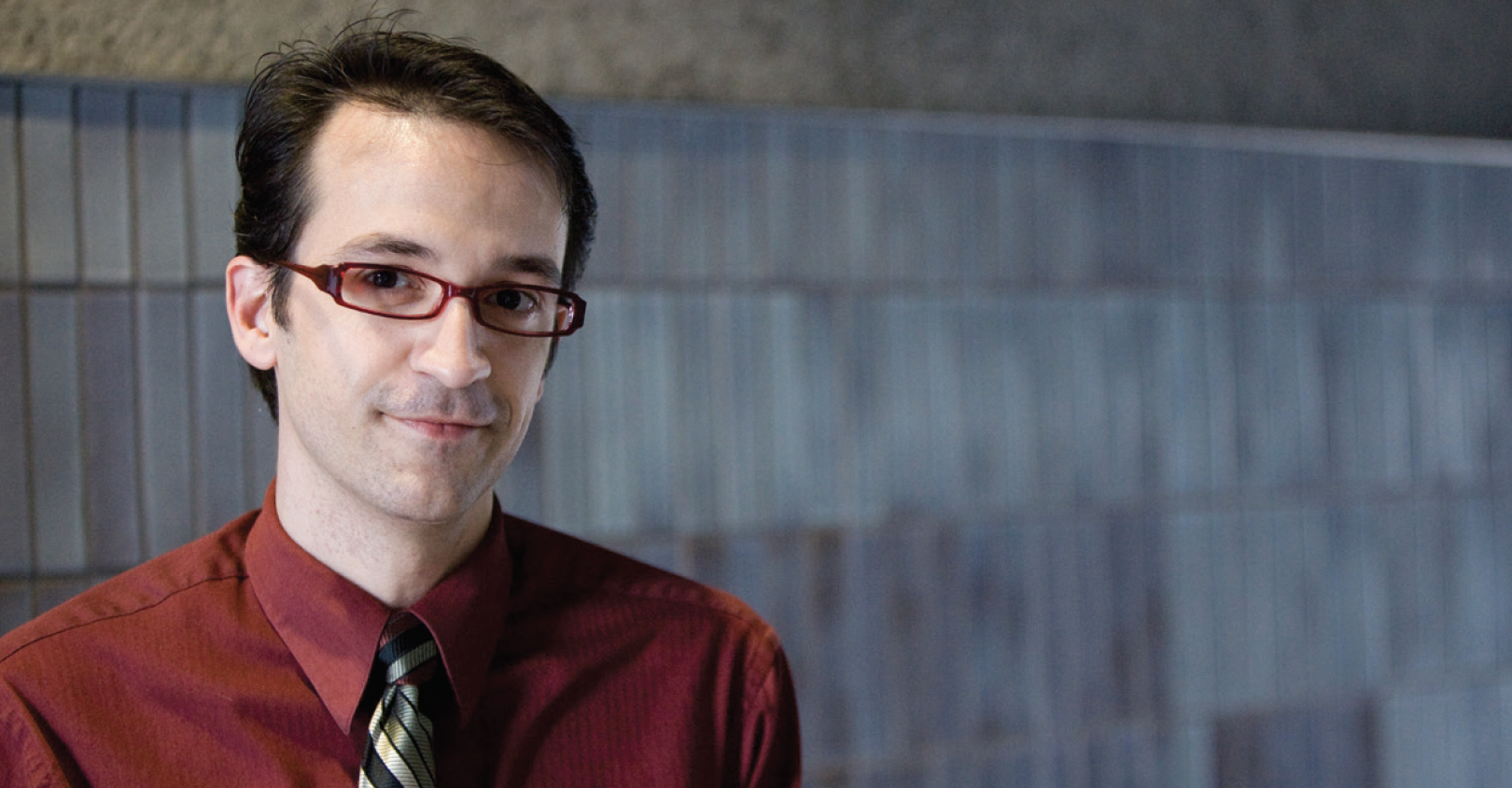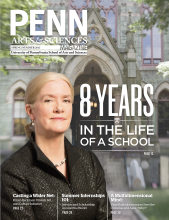Robert Ghrist, the Andrea Mitchell University Professor of Mathematics and Electrical and Systems Engineering, has been named as the recipient of the 2013 Chauvenet Prize of the Mathematical Association of America (MAA). The prize is awarded for outstanding exposition of a mathematical topic in an article. Ghrist won for “Barcodes: The Persistent Topology of Data,” in the Bulletin of the American Mathematical Society 45 (2008).
This is the second year in a row in which faculty of the School of Arts and Sciences at Penn have been awarded this prize. The 2012 Chauvenet Prize was received by College Dean, Robert A. Fox Leadership Professor, and Professor of Mathematics Dennis DeTurck; Professor of Mathematics Herman Gluck; and alumni Daniel Pomerleano, C’06, W’07, and Shea Vela-Vick, GR’09, for their article “The Four Vertex Theorem and Its Converse,” published in Notices of the American Mathematical Society, Vol. 54, No. 2(2007).
“We are delighted and honored that Professor Ghrist was awarded the 2013 Chauvenet Prize,” says Professor of Mathematics Jerry L. Kazdan, the department chair. “It is splendid that this is the second year in a row that members of our department received the prize, which is the premiere award for mathematical expository articles in the U.S. Our department cares a lot about quality teaching, as exemplified by these awards.”
Ghrist has produced a widely influential body of work that applies mathematical methods to real-world engineering challenges, especially in robotics and wireless sensor networks. He specializes in topology, a branch of mathematics that provides tools to visualize abstract spaces, such as finding gaps in a security network or automating robotic movement across a factory floor. His other honors include a Presidential Early Career Award for Scientists and Engineers and a CAREER Award from the National Science Foundation. In 2007 he was named by Scientific American as one of 50 top scientists for research innovation.





